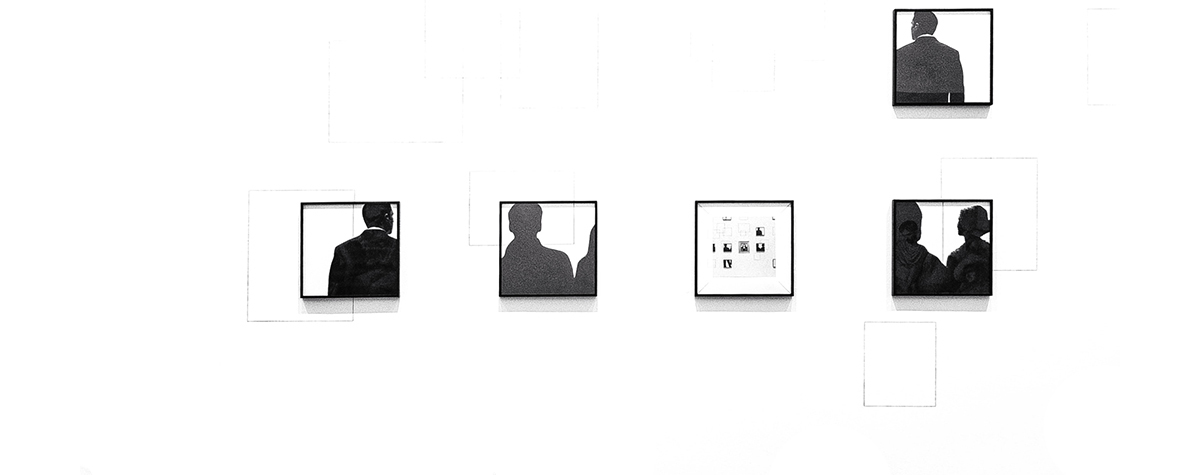The differences between DOOH software & digital signage solutions?
Shoppers are not only seeing digital signage in retail stores, they’re responding to it. Eighty percent of all shoppers surveyed have entered a store at one time or another because a digital sign caught their interest, says an article in Digital Signage Connection.
And 83 percent say they remember a specific ad or message they saw a month ago.
With numbers like that, it’s no wonder many stores are installing screens for the first time, installing more of them, or are looking for more ways to use them.
But, for those who are new to digital signage, wading through all of the options can be confusing. What kind of service can you expect? Which options are right for you? Do you need digital signage software, or should you be looking at comprehensive digital signage solutions to help you launch a digital signage program?
What is digital signage software?
This is the software that allows you to control your digital signage. It helps schedule content, deliver content to your screens, and control playlists. Early versions of digital signage software were installed directly on each media player. Now, however, most software options are cloud-based, making them easier to deploy, control, and update. Digital signage software also allows you to monitor the health of your digital signage network, notifying you on the status of media players and warning you if content isn’t playing correctly.
What kind of businesses would use digital signage software?
Digital signage software is an affordable option for businesses that only have a few locations and want to install a few screens. These businesses see the value in using digital signage to communicate with customers and staff, but they don’t often have marketing plans that call for the additional insights and support that typically come with complex digital signage solutions.
What are digital signage solutions?
Digital signage solutions are made up of multiple elements. First is the hardware, which includes screens, media players, mounts, cables, etc. Then there’s the software, which allows you to deliver and control the content on the screen. Beyond that, digital signage solutions also include program planning, implementation, and more. A digital signage solution starts with a goal to accomplish. What the solution looks like when implemented—the hardware, the software, the content, the locations of the screens—all comes after that. Each screen is given a purpose and the program is given specific goals that can be measured.
What kind of businesses use digital signage solutions?
While any business can benefit from digital signage solutions, comprehensive programs like these involve significant investments of resources. That often means they are a better fit for larger brands with a significant number of locations and marketing budgets that can support a large program. Digital signage is great for telling a unified brand story across dozens or hundreds of locations while making the shopping experience feel personal in each store.
Why do businesses use digital signage solutions?
There are sixmain objectives of digital signage solutions. These objectives are:
- Improving the guest experience
- Sales lift
- Corporate communications and employee training
- Advertising and monetization
- Shopper data and analytics
- Brand storytelling
What would the experience of working with a digital
signage solution provider be like? Full-service digital signage solutions providers will help
you plan your digital signage, install it, and provide support and training on how to use the equipment. A complete provider will also help you plan and implement your marketing and content goals. When you’re ready to upgrade or scale the system, they can help you assess your needs, work out a plan, and implement it.
At the end of the day, every business has different requirements when it comes to the digital signage. But before you try to figure out if you need to work with a digital signage solutions provider or if digital signage software will meet your needs, you have to know: your budget, how many locations and screens you’re looking to support, and your marketing goals and objectives. When you have that basic information, you’re ready to start looking more seriously at the solution that’s right for you.
Want to learn more? Download our whitepaper, Ready to Run: Moving from Proof of Concept to Pilot Program to Full-Scale Digital Signage Implementation
Photo by Coffee Geek
Share this
You May Also Like
These Related Stories

Before Building a Digital Signage Content Strategy, First Recognize the Uniqueness of the Medium

Content (Not Technology) is Key to a Successful ROI on Your Digital Signage Investment


